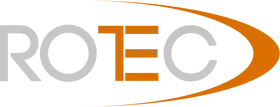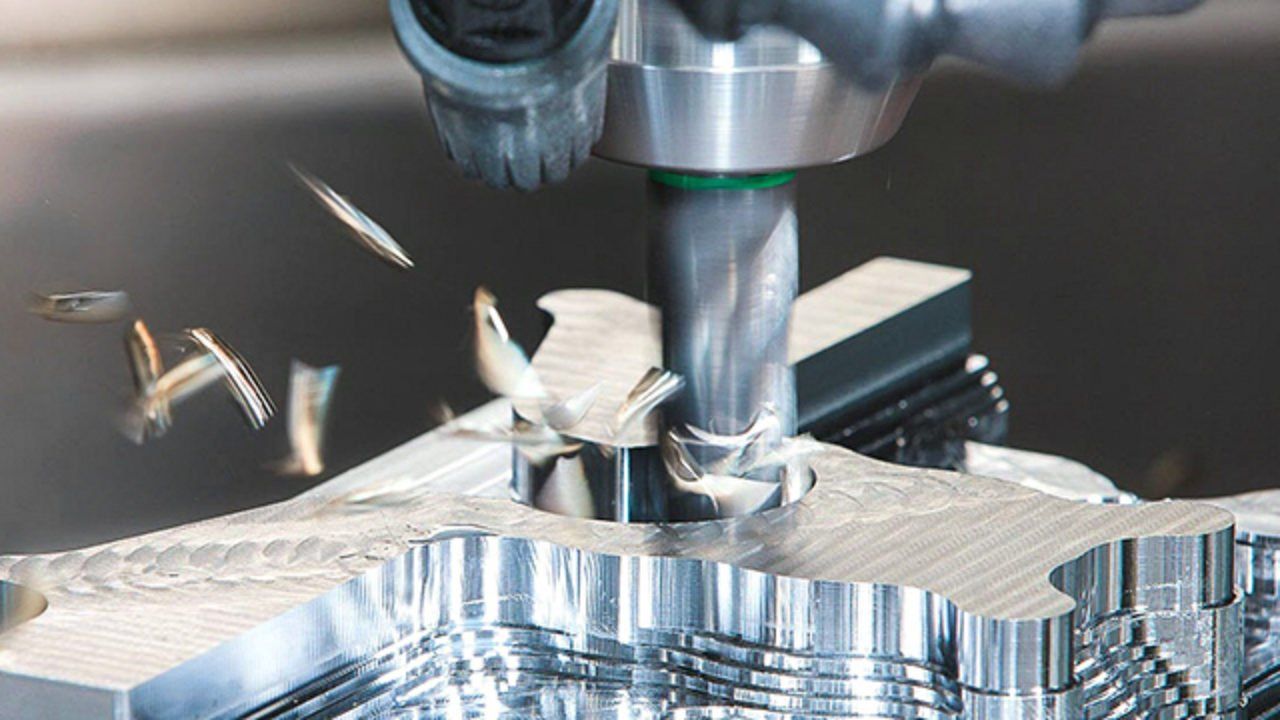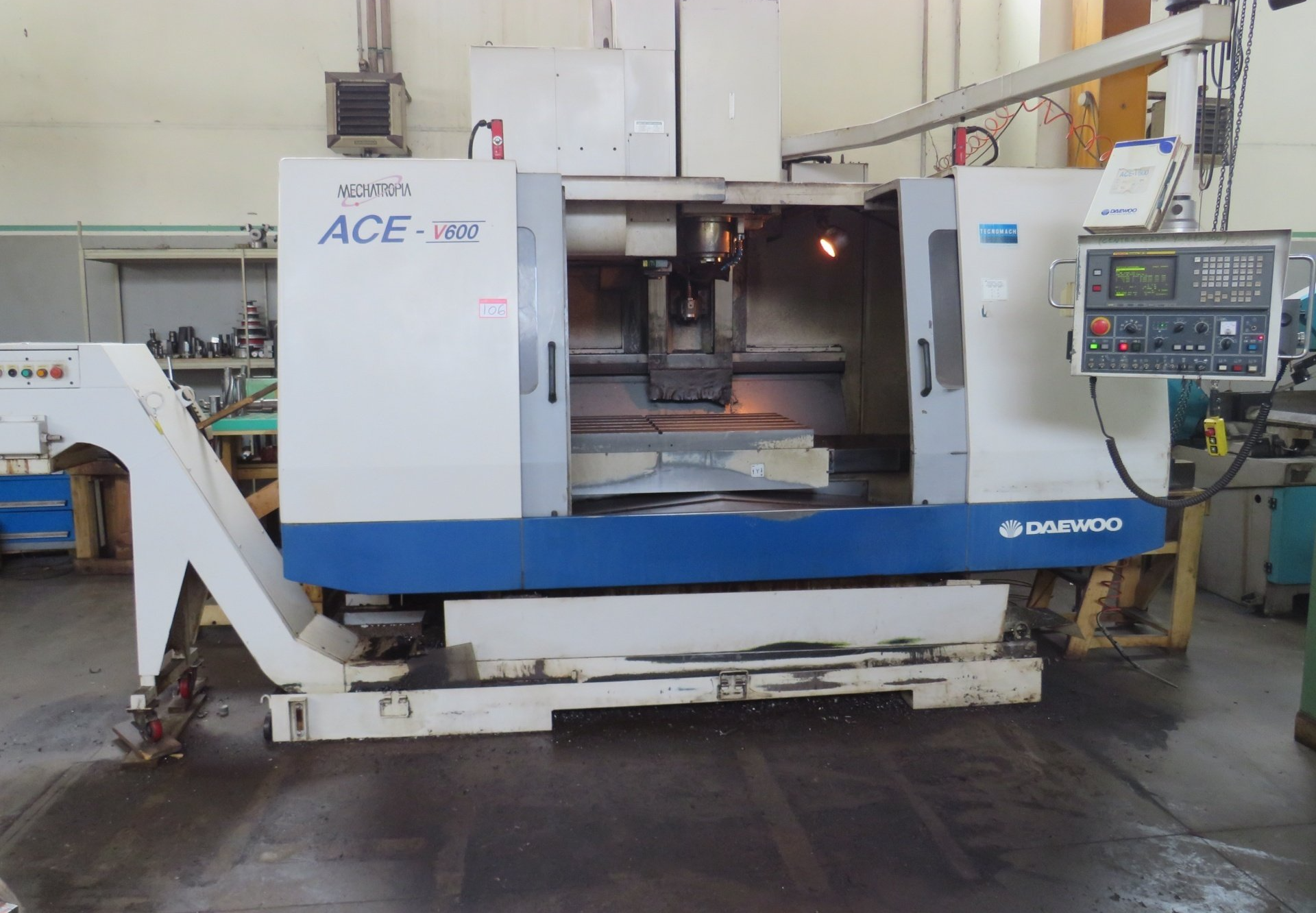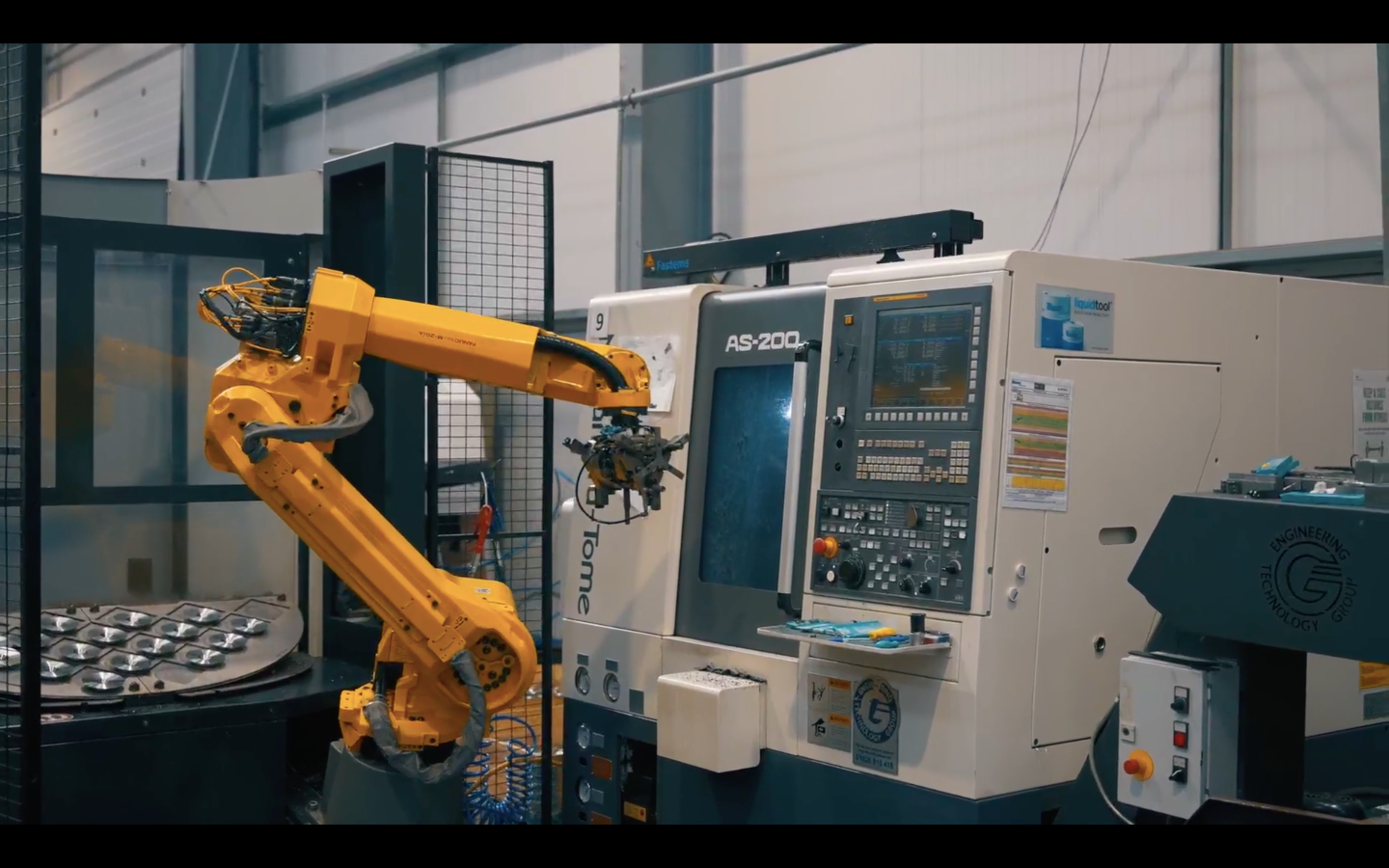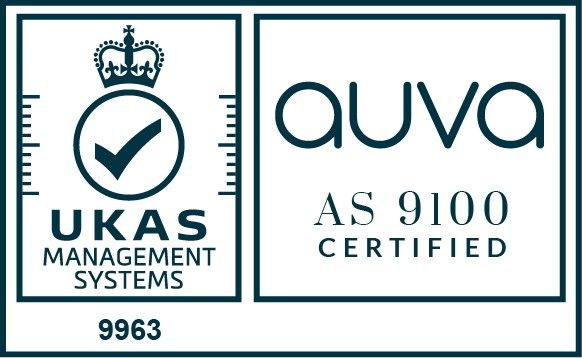~ Everything You Need to Know About CNC Software ~
Computer Numerical Control (CNC) software stands as the pivotal force that drives efficiency and accuracy in the realm of precision engineering.
The journey of CNC software evolution traces back to the rudimentary stages of numeric control, evolving into the sophisticated, AI-infused solutions prevalent today. CNC software has continually adapted to meet the evolving demands of the manufacturing industry, transforming from a niche technology to an indispensable asset for streamlining operations. In fact, specialised CNC software such as CAD CAM software has revolutionised how businesses approach production, ushering in an era of unparalleled efficiency.
In this article, we will share how CNC software helps transform raw materials into finely crafted products with unparalleled accuracy. But before we dive into the details, let's understand what is CNC software supposed to do.
What Does CNC Software Do?
At its core, CNC software transforms digital designs into machine-readable instructions, orchestrating the movements and operations of CNC machines with unparalleled accuracy. This type of software utilises Computer-Aided Design (CAD) and Computer-Aided Manufacturing (CAM) functionalities to optimise toolpaths, minimise material waste, and ensure seamless compatibility between the digital blueprint and physical production.
CNC software empowers manufacturers to automate and optimise their processes, resulting in reduced waste, increased production speeds, and a higher degree of design intricacy. At the core of CNC software lies the capability to streamline the entire production process. From initial design concepts to the final product, CNC software acts as the guiding hand, ensuring precision at every step.
Evolution of CNC Software
Originating from the rudimentary concept of numeric control, which aimed to automate machine movements, CNC software has undergone transformative developments. Early iterations in the mid-20th century laid the groundwork, but it was the integration of Computer-Aided Design (CAD) and Computer-Aided Manufacturing (CAM) in the latter half that marked a significant leap. This merger facilitated a shift from manual programming to digital commands, enhancing precision and versatility. Subsequent decades witnessed the infusion of artificial intelligence, cloud computing, and real-time connectivity, ushering in the era of Industry 4.0. Today's CNC software stands as a sophisticated amalgamation of cutting-edge technologies, continually adapting to the dynamic demands of modern manufacturing, providing a testament to the relentless pursuit of precision and efficiency in the industrial landscape.
Key Features and Functions of CNC Software
CNC software serves as the backbone of precision manufacturing, providing a suite of features and functions that streamline operations, enhance design capabilities, and ensure the seamless execution of intricate production processes. In this section, we will explore the critical elements that define the capabilities of CNC software and contribute to its pivotal role in modern manufacturing.
Design Capabilities
1. CAD's Role in Design
Computer-Aided Design (CAD) software is the cornerstone of CNC software's design capabilities. It empowers designers to create detailed and intricate 2D and 3D models of products with unparalleled precision. CAD not only facilitates the visualisation of design concepts but also allows for the fine-tuning of every aspect before the manufacturing process commences.
2. Innovative Design Approaches
CAD software enables innovative design approaches, fostering creativity and pushing the boundaries of what's possible. From parametric modeling to generative design, manufacturers can explore and iterate designs efficiently, ensuring that the final product aligns precisely with their vision.
Toolpath Generation
1. Optimising Machining Processes
One of the primary functions of CNC software, particularly CAM (Computer-Aided Manufacturing), is toolpath generation. CAM software optimises the machining process by determining the most efficient toolpaths for material removal. This not only enhances efficiency but also minimises waste, contributing to cost-effective and sustainable manufacturing.
2. Toolpath Strategies
CAM software employs a variety of toolpath strategies to cater to different machining requirements. From simple 2D contouring to advanced 5-axis machining, these strategies ensure that CNC machines move precisely to shape the final product. Understanding and selecting the appropriate toolpath strategy is crucial for achieving optimal results in CNC machining.
Post-Processing
1. Transforming Digital Code to Machine Instructions
Post-processing in CNC software is the critical step where the generated code is transformed into machine-readable instructions. This process ensures that the CNC machine accurately interprets and executes the programmed design. Post-processing is essential for translating the digital design into a physical product with precision.
2. Ensuring Compatibility
Post-processing plays a crucial role in ensuring compatibility between the CNC software and the specific CNC machine. It fine-tunes the code to match the nuances and capabilities of the machine, guaranteeing a seamless transition from digital design to physical manufacturing.
Simulation and Verification
1. Error Prevention
Simulation software emerges as a valuable asset in CNC programming by providing a virtual testing ground. Manufacturers can simulate the entire machining process before actual production, identifying and rectifying potential errors. This not only minimises the risk of costly mistakes but also enhances the overall reliability of the manufacturing process.
2. Ensuring Precision
Simulation and verification tools ensure precision in CNC machining. By allowing manufacturers to visualise the machining environment and validate toolpaths, these features contribute to the production of high-quality components with minimal margin for error. This focus on precision is fundamental to meeting the stringent standards of modern manufacturing.
Compatibility with Different CNC Machines
1. Universal CNC Software
CNC software is designed to be compatible with a diverse range of CNC machines. Whether it's milling, turning, laser cutting, or 3D printing, the versatility of CNC software allows it to adapt to various manufacturing processes and equipment.
2. Choosing the Right Software for the Machine
Selecting the right CNC software for a specific CNC machine is paramount. Manufacturers must consider the capabilities and requirements of their machinery when choosing software to ensure optimal performance and efficiency.
Programming and Software in CNC Machining
CAD (Computer-Aided Design)
Computer-Aided Design (CAD) plays a fundamental role in CNC machining, serving as the starting point for the entire manufacturing process. CAD software allows engineers and designers to create detailed digital models of the components they intend to produce. These digital models serve as the blueprint for CNC machines, specifying the dimensions, geometry, and features of the final product. The precision and intricacy of CAD designs directly influence the accuracy and quality of the machined components.
CAM (Computer-Aided Manufacturing)
Computer-Aided Manufacturing (CAM) is the bridge between the virtual design and the physical creation of a component. CAM software translates the digital design from CAD into a set of instructions that guide the CNC machine during the machining process. This includes generating toolpaths, specifying cutting speeds, and determining tool changes. CAM software is crucial for optimising the efficiency and precision of CNC machining operations, ensuring that the physical output matches the digital design seamlessly.
G-code and CNC Language
At the core of CNC machining is the G-code, a language that communicates instructions to CNC machines. G-code consists of a series of alphanumeric commands that dictate the movements and actions of the machine. CNC programmers generate G-code based on the specifications of the CAD model and the requirements of the machining process. Mastery of G-code is essential for achieving the desired precision, as it controls the path, speed, and depth of each machining operation.
Simulation and Testing
To mitigate errors and optimise machining processes, CNC programmers often use simulation and testing features within CAD and CAM software. Virtual simulations allow for a comprehensive preview of the machining operation before it is executed on the physical machine. This enables programmers to identify and rectify potential issues, ensuring that the final product meets the specified tolerances. Through thorough simulation and testing, CNC programming becomes a refined and iterative process, minimising the likelihood of errors during actual machining.
Programming and software integration in CNC machining not only streamline the production process but also contribute significantly to the overall precision, efficiency, and reliability of the final output. As technology advances, the capabilities of CAD, CAM, and G-code continue to evolve, empowering manufacturers to push the boundaries of what is achievable in the realm of precision machining.
Final Thoughts
As you explore the vast possibilities that this transformative technology holds, consider partnering with us for your projects. At Rotec, we aim to meet the complex precision engineering and manufacturing needs of our clients, particularly in the realm of CNC machining. With a focus on excellence, our company stands poised to facilitate your engineering endeavours, whether in designing cutting-edge products, optimising production processes, or aligning with the emerging principles of Industry 4.0. To learn more about our services,
contact us today!
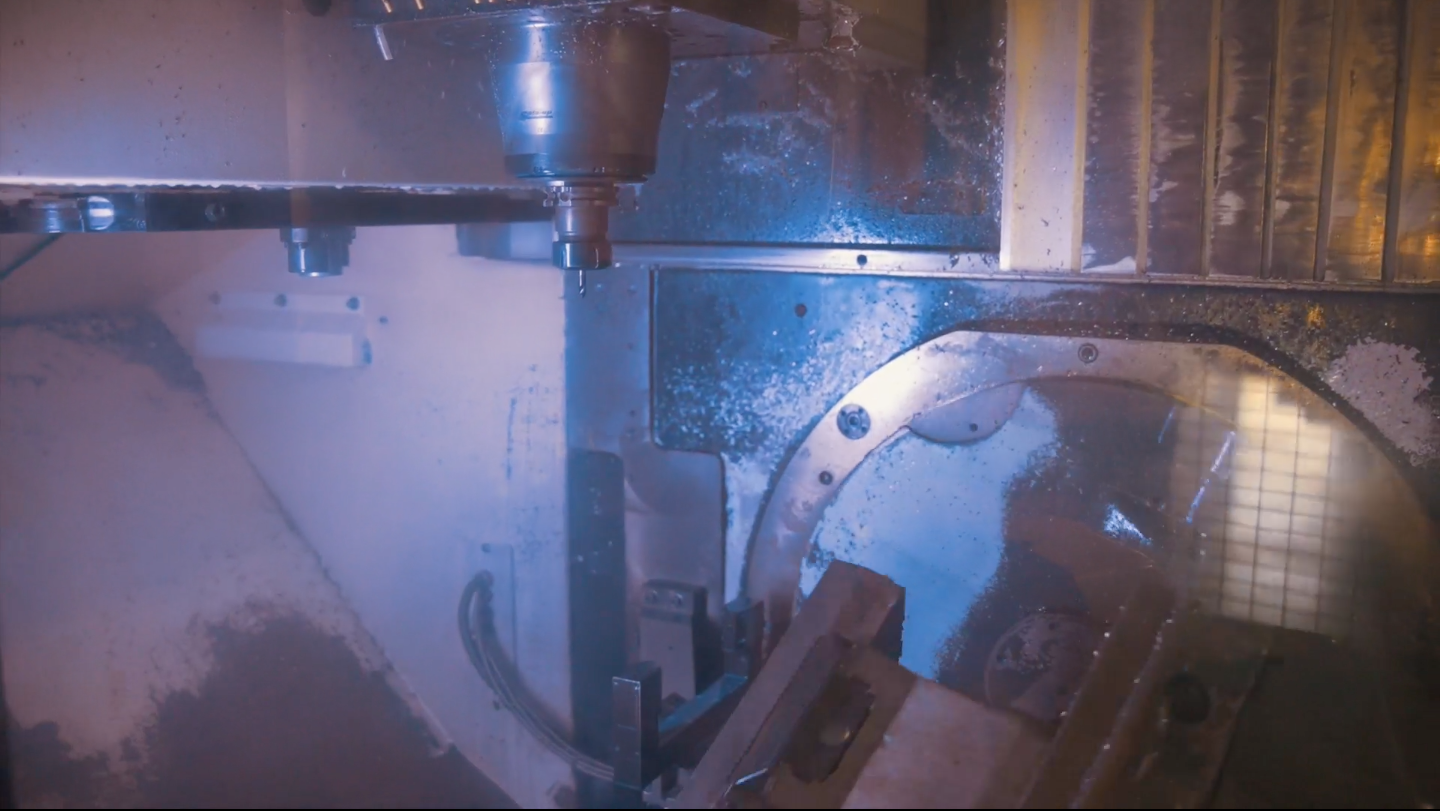
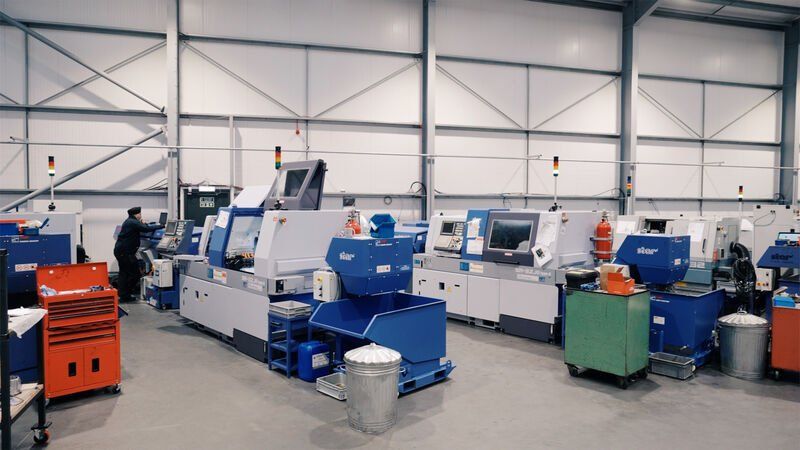
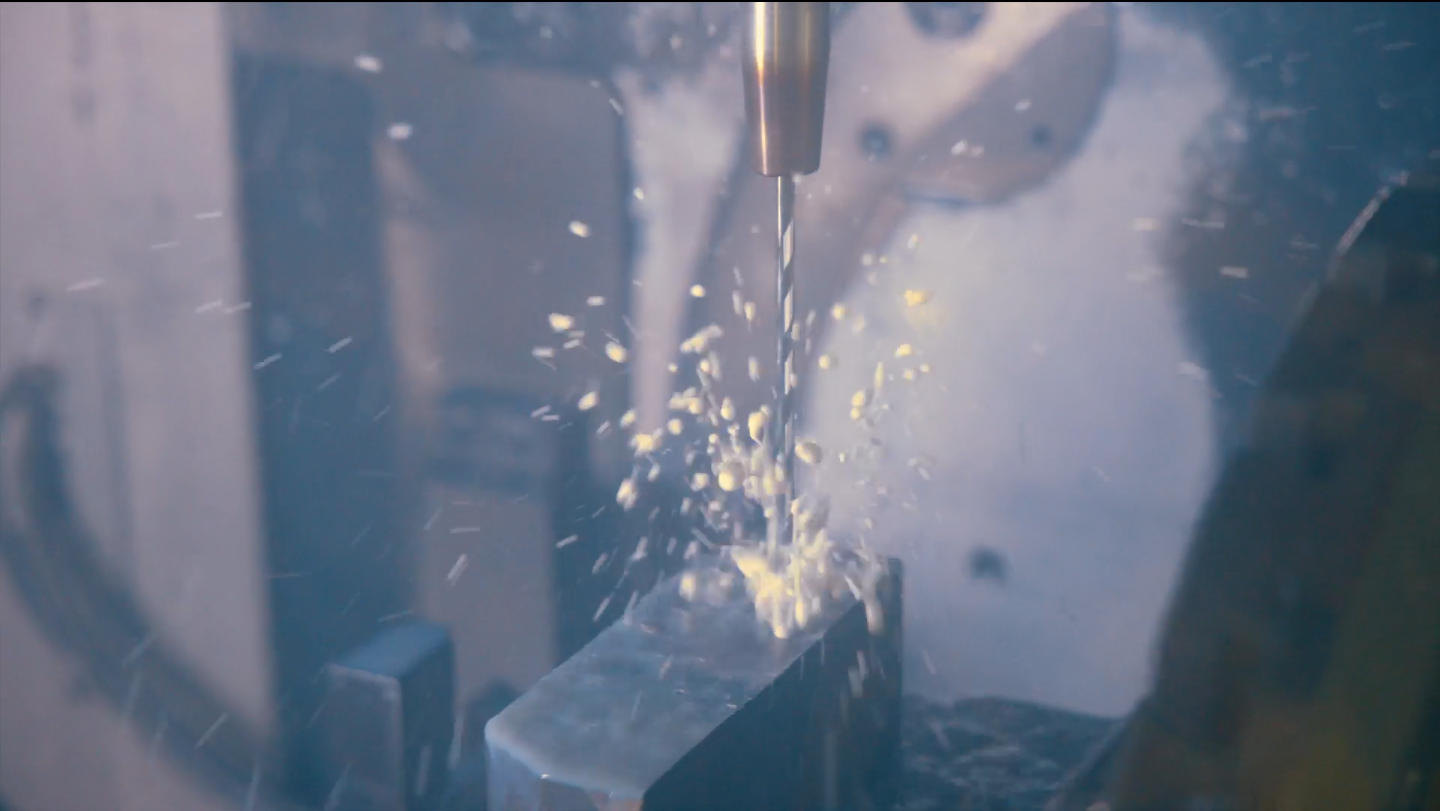
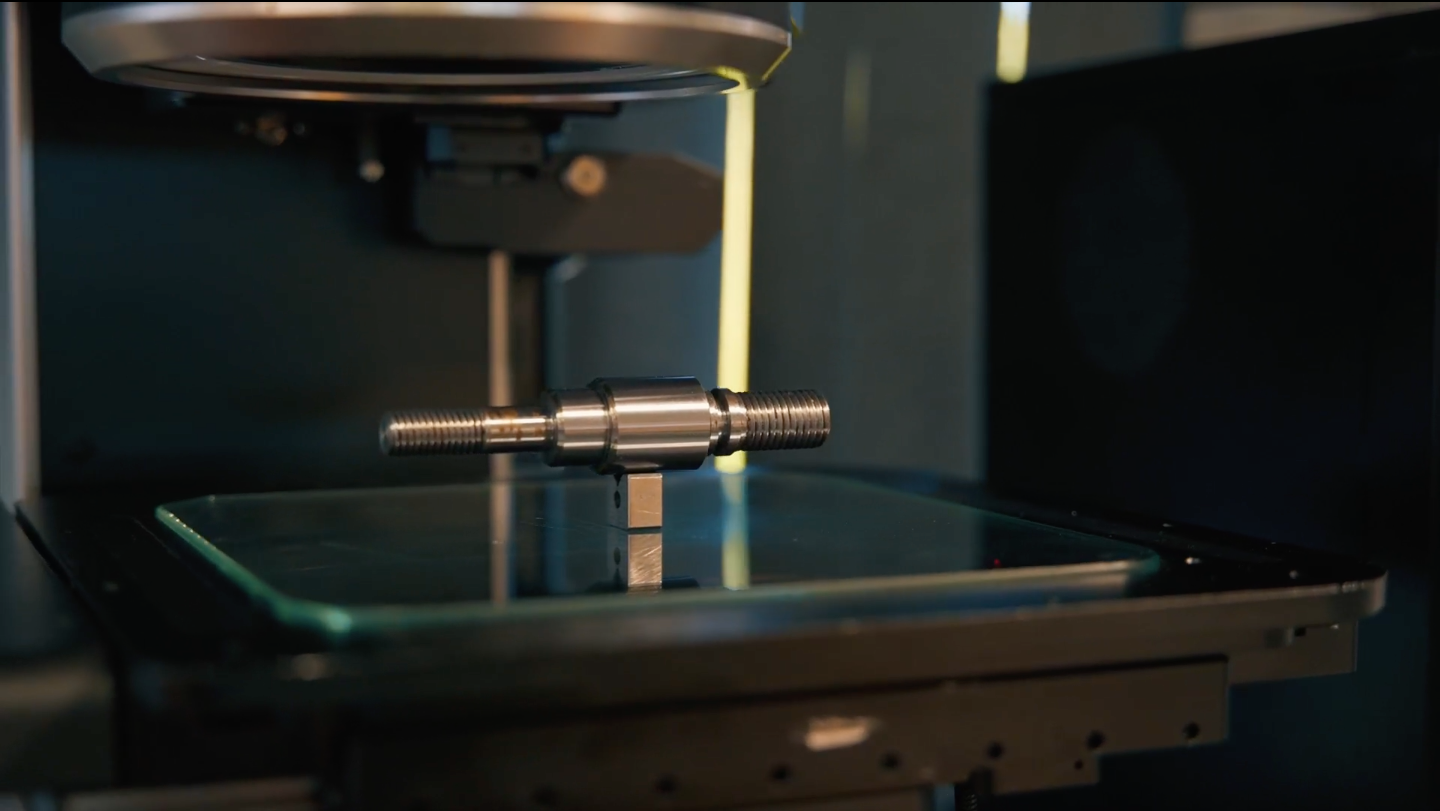
Rotec Aerospace Limited, Enterprise Way, Vale Business Park, Evesham WR11 1GS United Kingdom
Phone: 01386 424111
Email: Info@rotec-ltd.com
Office Hours :
Mon-Fri : 7:30am - 5pm
